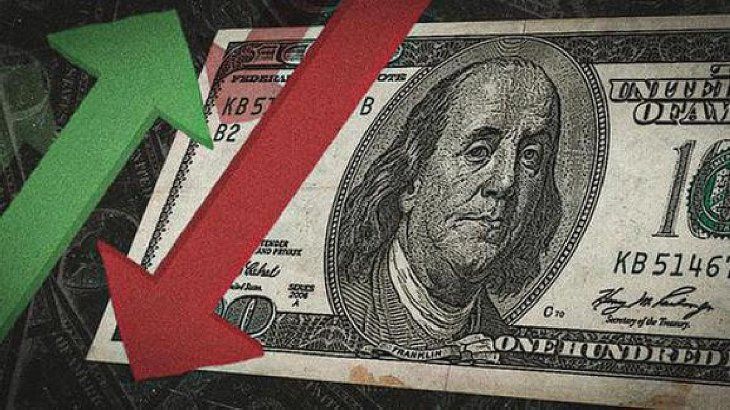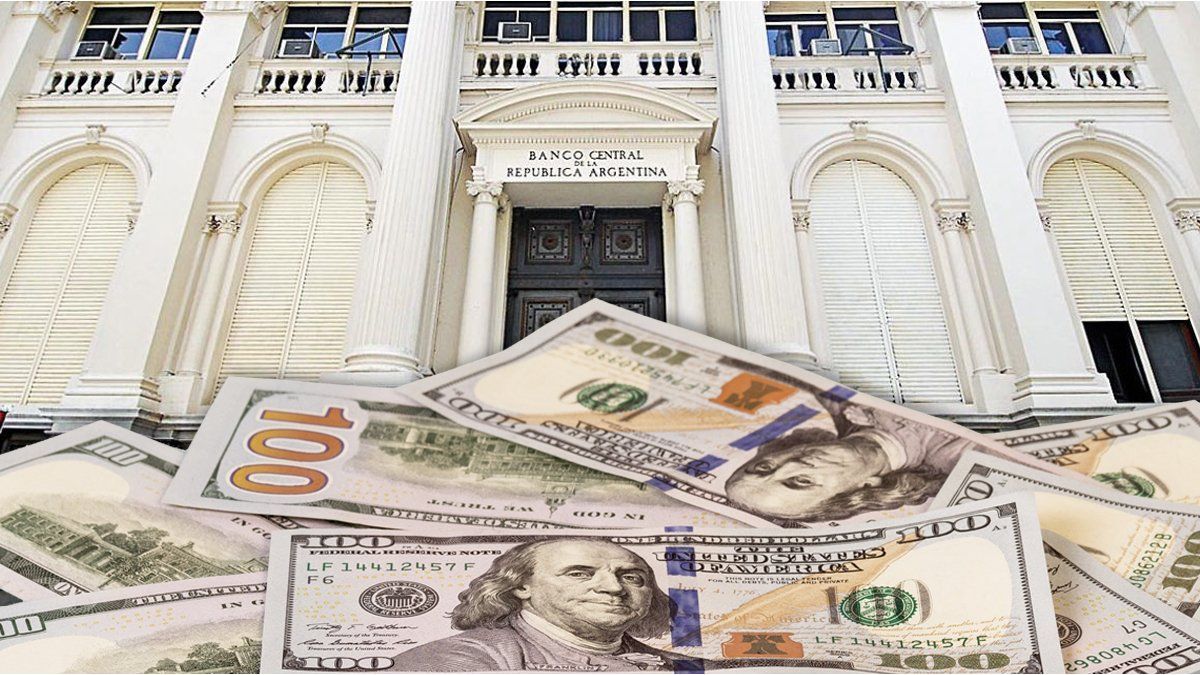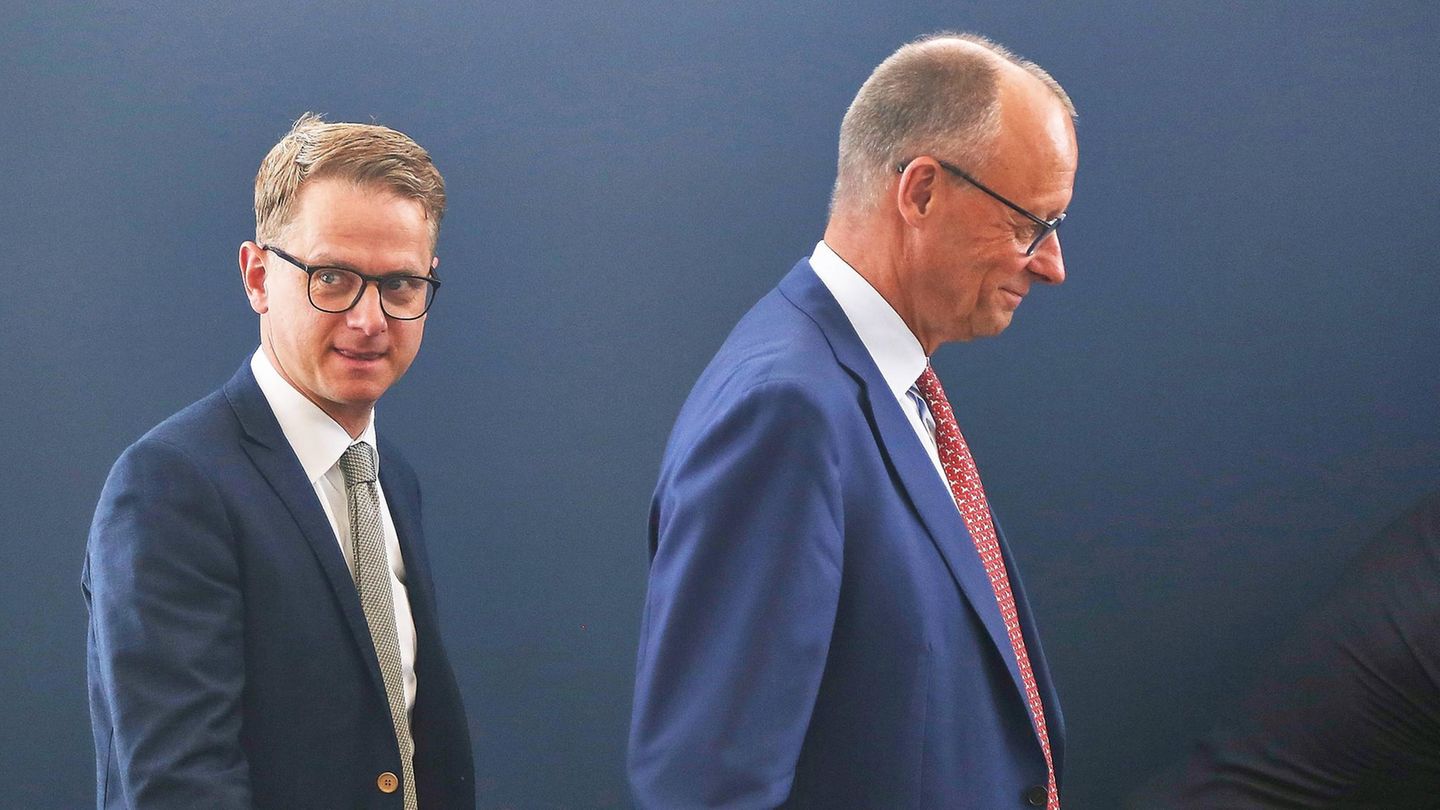Everyone knows that lifting the exchange rate restriction depends on the Central Bank accumulating reserves. Well, that is getting complicated. Why could reserves be negative again in the year and what discussion is being opened by the “lag” of the exchange rate.
The exit of the exchange rate trap is at the center of the discussion of the main market analysts. With that in mind, the currency hedging for this second stage of the year – and of the economic plan. In this framework, Not only the dollar rose, but also increased the demand for instruments that improve their returns in the event of a devaluation. But it is not the only variable that is taken into account: everyone knows that to get out of the currency trap, dollars are needed. Will they come from the IMF? From exports?
The content you want to access is exclusive for subscribers.
Beyond the debate, the market is now analyzing the next steps of the Central Bank with the premise that: a good exchange rate is one that allows the accumulation of reserves. And that is where 2% crawling peg called into question. One of the most widely read city analysts, Miguel Kiegel, Director of Econviews raised the debate.


Warning signs for the dollar
For Kiegel, The rise of the dollar occurs in the context of yellow lights appearing in the external sector“International reserves, which are crucial to lifting the embargo and allowing the normal functioning of import payments, are under pressure,” he said in a recent column in La Nación.
“After five months in which the Central Bank had been buying, on average, US$2.8 billion per month, in June it ended up selling about US$50 millionand July does not look like a month that is going to be much better. Net international reserves are back in negative territory and the red is going to get bigger this month, because Some US$2.5 billion of the foreign debt must be paid “And, in addition, we have to pay off the debt with the International Monetary Fund (IMF). How can this situation be reversed?” he added.
According to Kiegelfrom the external side, the arrival of dollars will be complicated and will be delayed. “It would seem that the only window available to increase reserves significantly is that of the IMF. At the time, The government dreamed of a loan of US$15 billion, which does not seem likely. But surely a package can be put together with the IMF, with funds from other organizations and with some additional loans through a repo,” he explained.
“As for the exchange rate, there is little flexibility for now. It is insisted that there is no exchange rate lag and, therefore, the rule of depreciating the official exchange rate by 2% per month is maintained, at least until the end of the year. The market is distrustful, “largely because the Central Bank stopped buying dollars and there is no sign that the situation will be reversed in the coming months. In fact, in the third quarter it is historically difficult to accumulate reserves, and this year does not seem to be any different,” added the economist.
Dollar goes up and down.jpg

The volatility in the foreign exchange market was noted in the last few days due to doubts about the exchange rate policy for the second half of the year
Trade
Why did the Central Bank’s purchases decline?
In this week’s report, Econviews attributed the drop in the accumulation of reserves to the fact that in April and May companies were generating an offer in the market product of the liquidation of debt dollars.
With these estimates, he affirmedbut Econviews, Reserves will grow less in the year: they estimate that they will close at US$30.4 billion and the net reserves will be again in the negative by -950 million. What is needed to improve these numbers? either a higher real exchange rate or inflow of foreign currency through the financial account. “In our base scenario, the unification and end of the exchange rate restriction will occur in December, but we think that if the situation becomes unsustainable, the BCRA can let the exchange rate float before that date.”
Source: Ambito
I am a 24-year-old writer and journalist who has been working in the news industry for the past two years. I write primarily about market news, so if you’re looking for insights into what’s going on in the stock market or economic indicators, you’ve come to the right place. I also dabble in writing articles on lifestyle trends and pop culture news.




